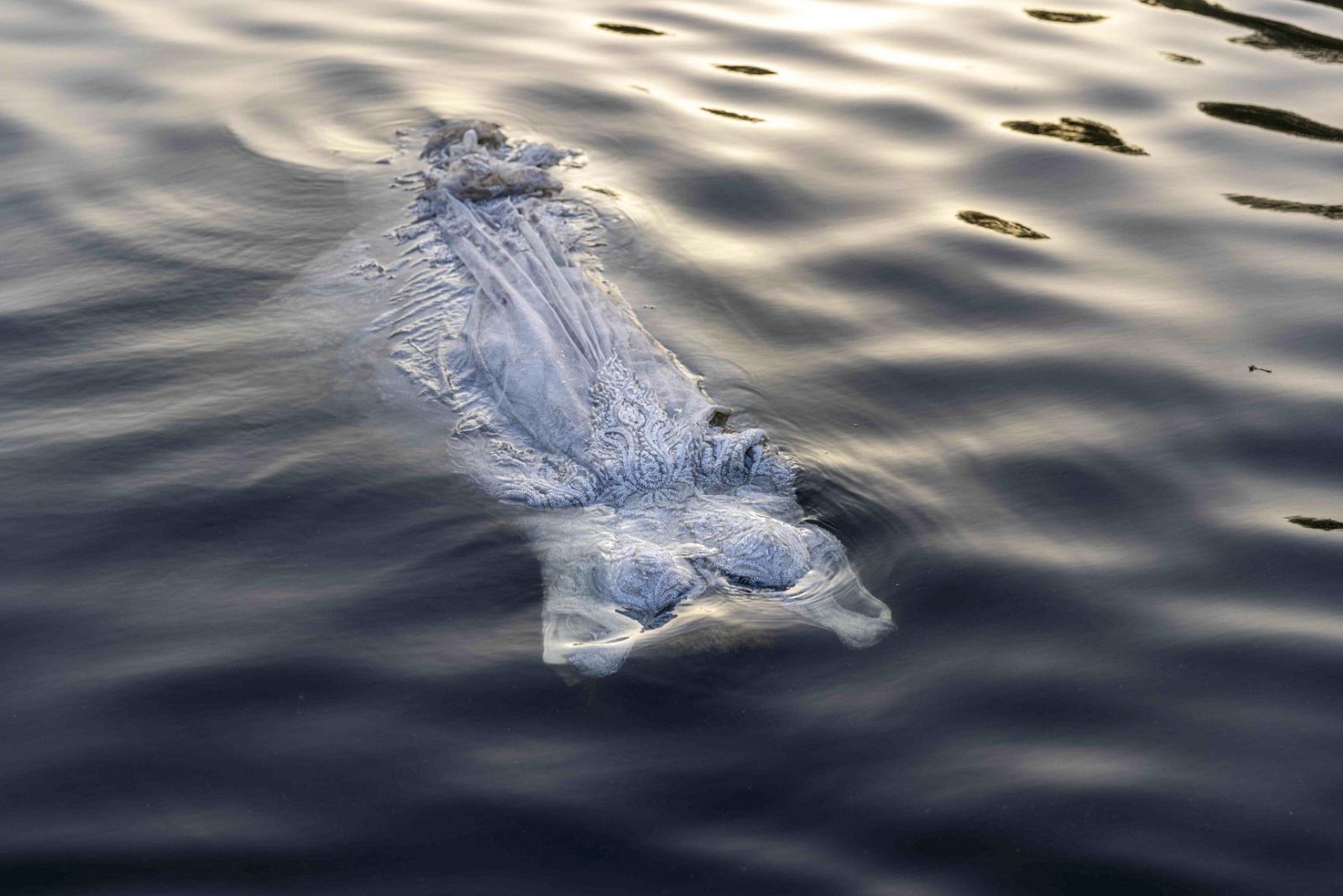
Roger Anis
Keywords: Environment, Water, Myth
www.rogeranis.photo
roger.anis@gmail.com
www.instagram.com/rogeranis/
Our ancestors in the Pharaonic civilisation revered natural elements, sun, water, and earth, among others, as divinities. Their conception of life was intimately linked to the elements; destabilising the elements would be tantamount to destabilising their own existence. They sanctified these resources, offering sacrifices, celebrating, and praying to ensure nature's kindness towards humans. Centuries later, we finally realised that their relationship with their environment was fairer than ours is today.
The Bride of the Nile is an ancient Egyptian myth tightly linked to the river. It recounts the ceremony at the end of which a chosen virgin is sacrificed to the Nile divinity Hapi. Myth and rituals are deeply interconnected, as noted by Joseph Campbell in "The Power of Myth".
Nowadays, the Nile, one of the longest rivers in the world, is shared by eleven African countries and faces numerous environmental and geopolitical challenges. It is also one of the top 10 rivers contributing to the plastic waste in the ocean.
In "Where is the Bride of the Nile," I go on search for a modern-day Bride of the Nile and the contemporary rituals that could emerge from this ancient myth. What would the Bride of the Nile look like now? Can this new myth bring back reverence for the river, a source of life for millions?
This project blends photography, cinema, and community collaboration to examine how we perceive the Nile today. From my personal journey along the Nile to collaborating with the local community on Qursaya Island in Cairo through the VeryNile project, we aim to create new myths and rituals that may resonate with our current environmental context, fostering a renewed respect and care for the Nile.